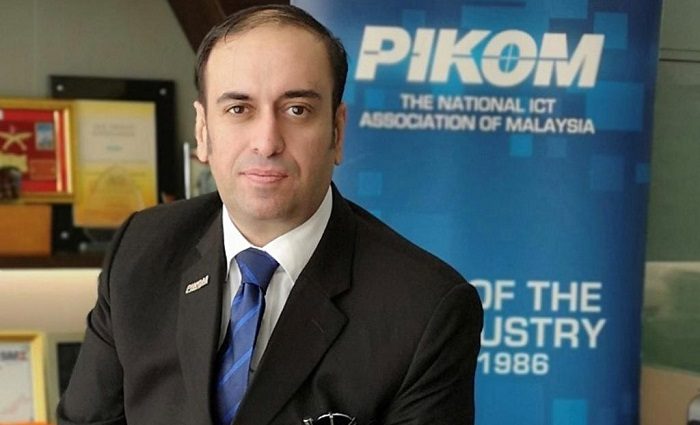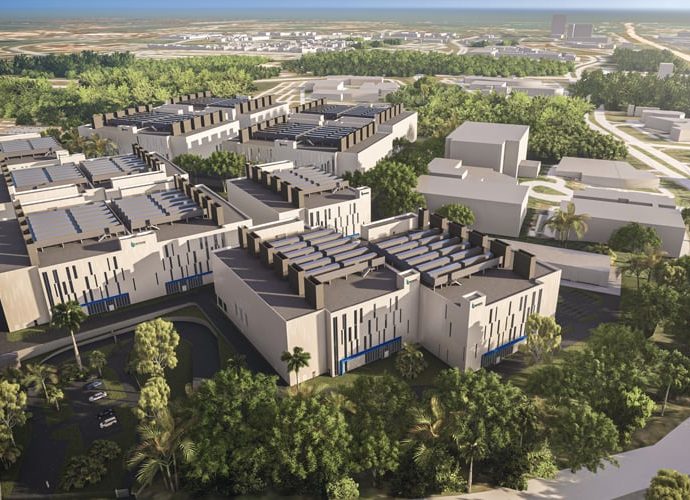PIKOM, e-Commerce Malaysia welcome decision not to ban TikTok Shop, urge for competitive fairness
Ensure local businesses, products, enablers prioritised over foreign players
Craft policies that are both equitable and beneficial for all stakeholders involved
The National Tech Association of Malaysia (PIKOM) and e-Commerce Malaysia, a chapter of Pikom, welcomes the recent announcement by Communications and Digital Minister Fahmi Fadzil that the government does not intend to…Continue Reading












